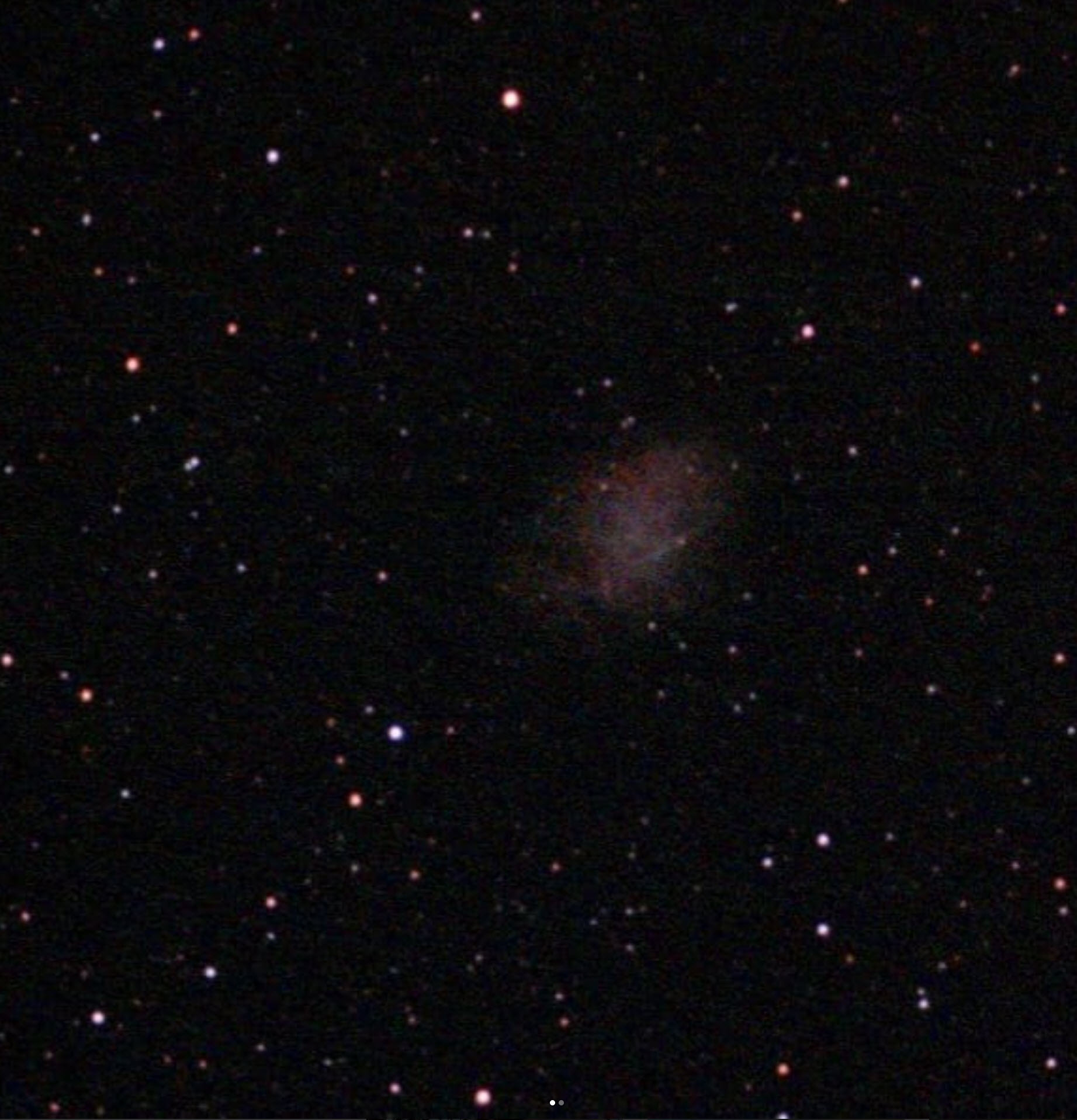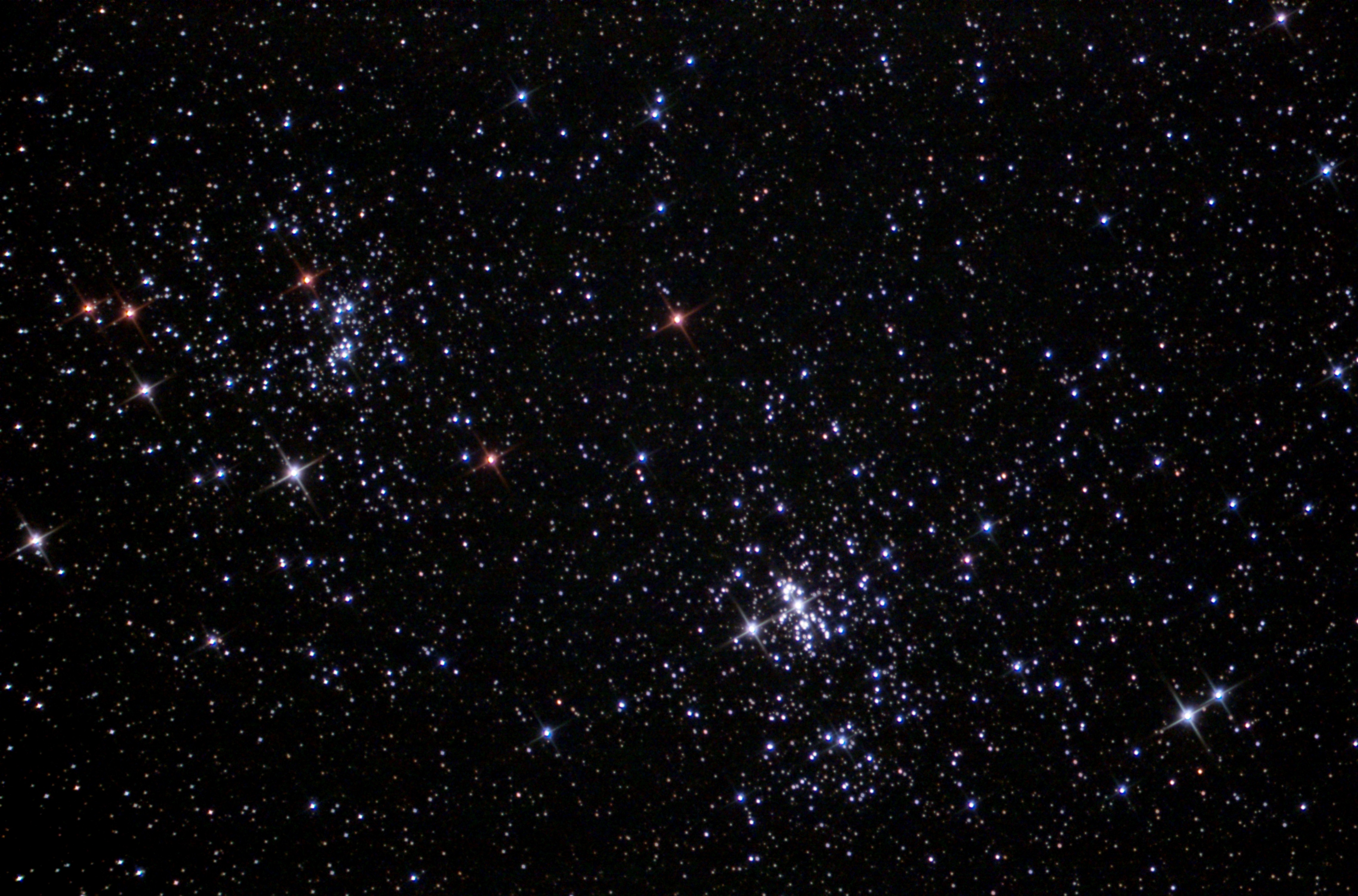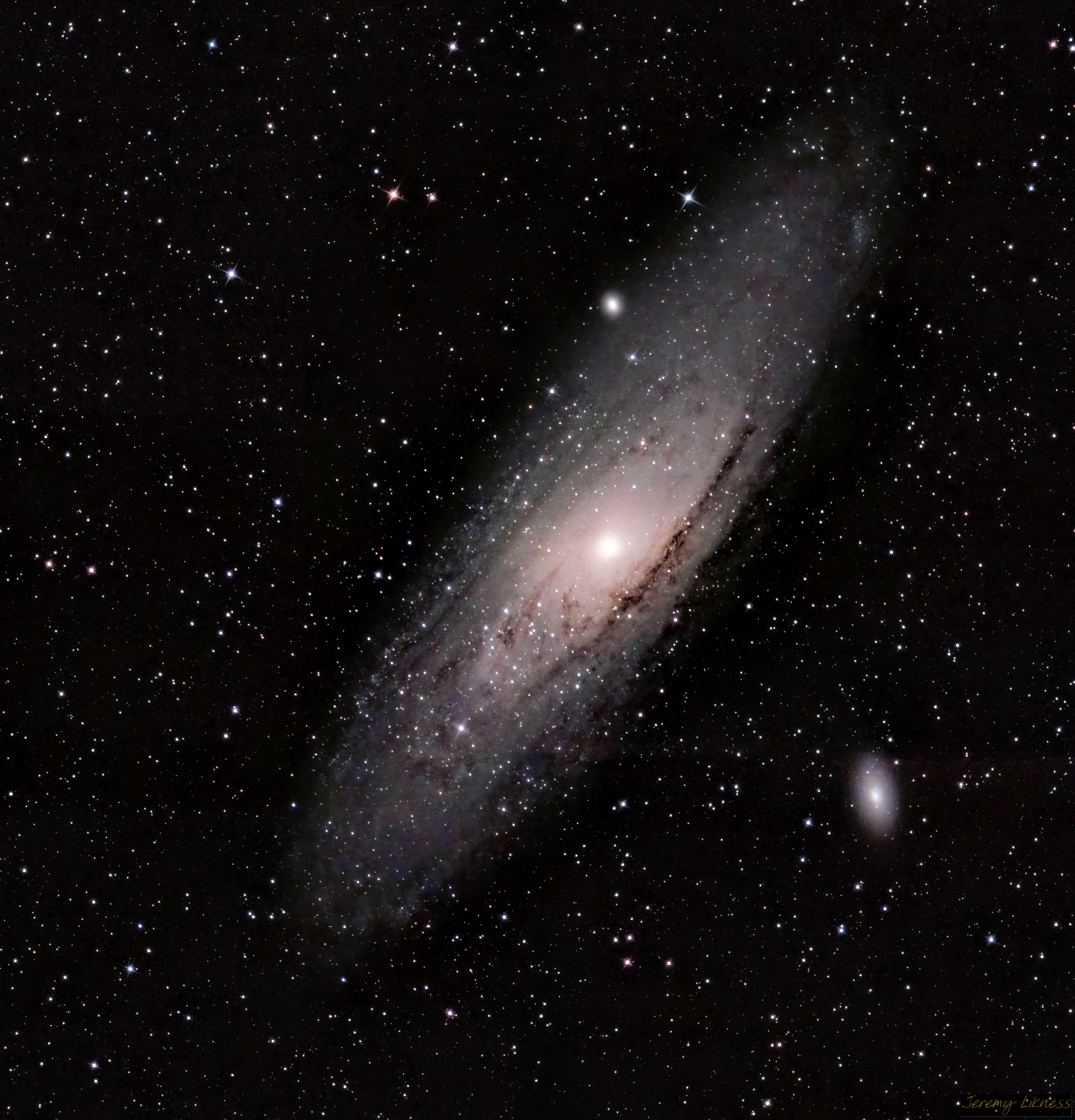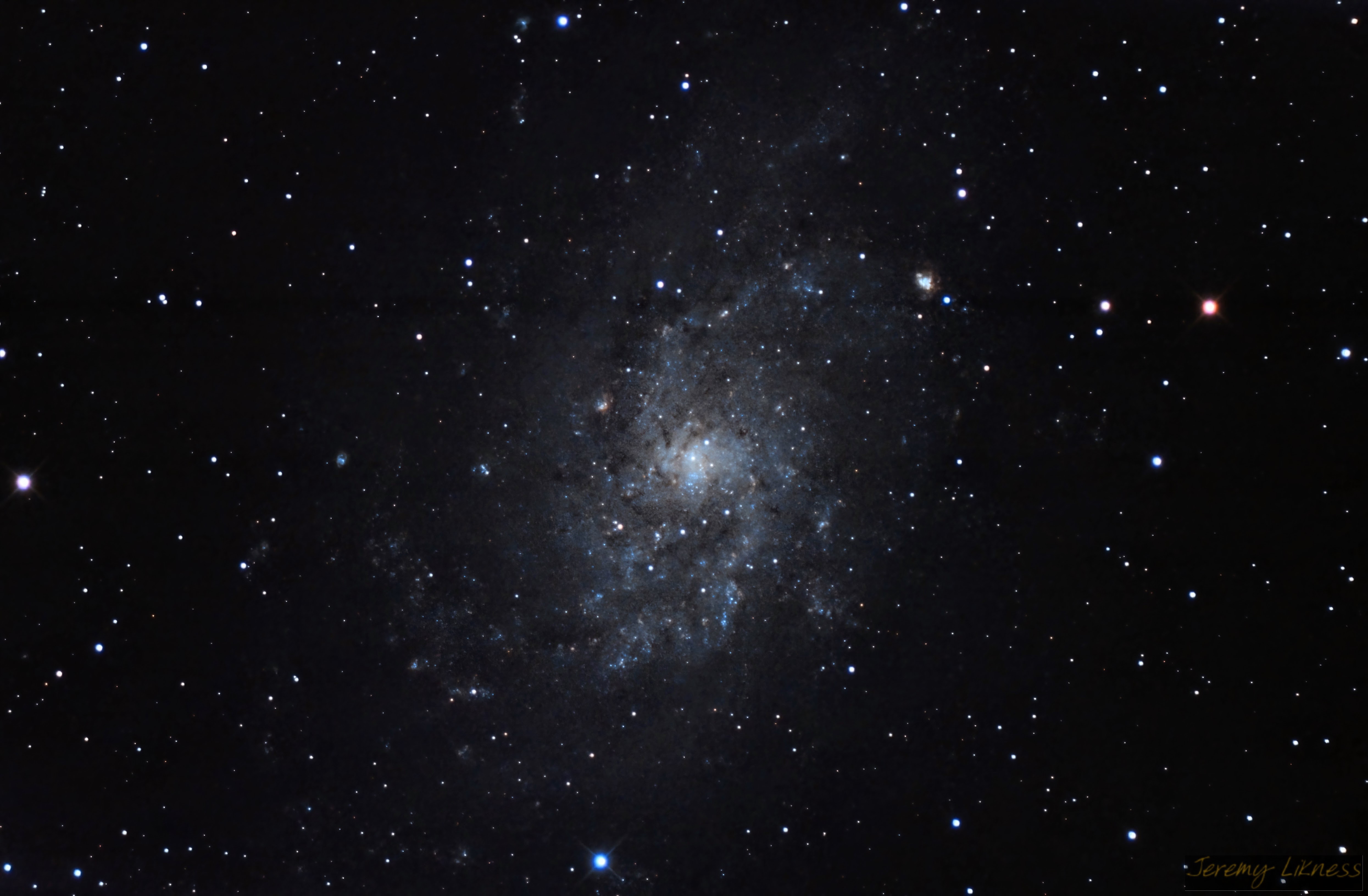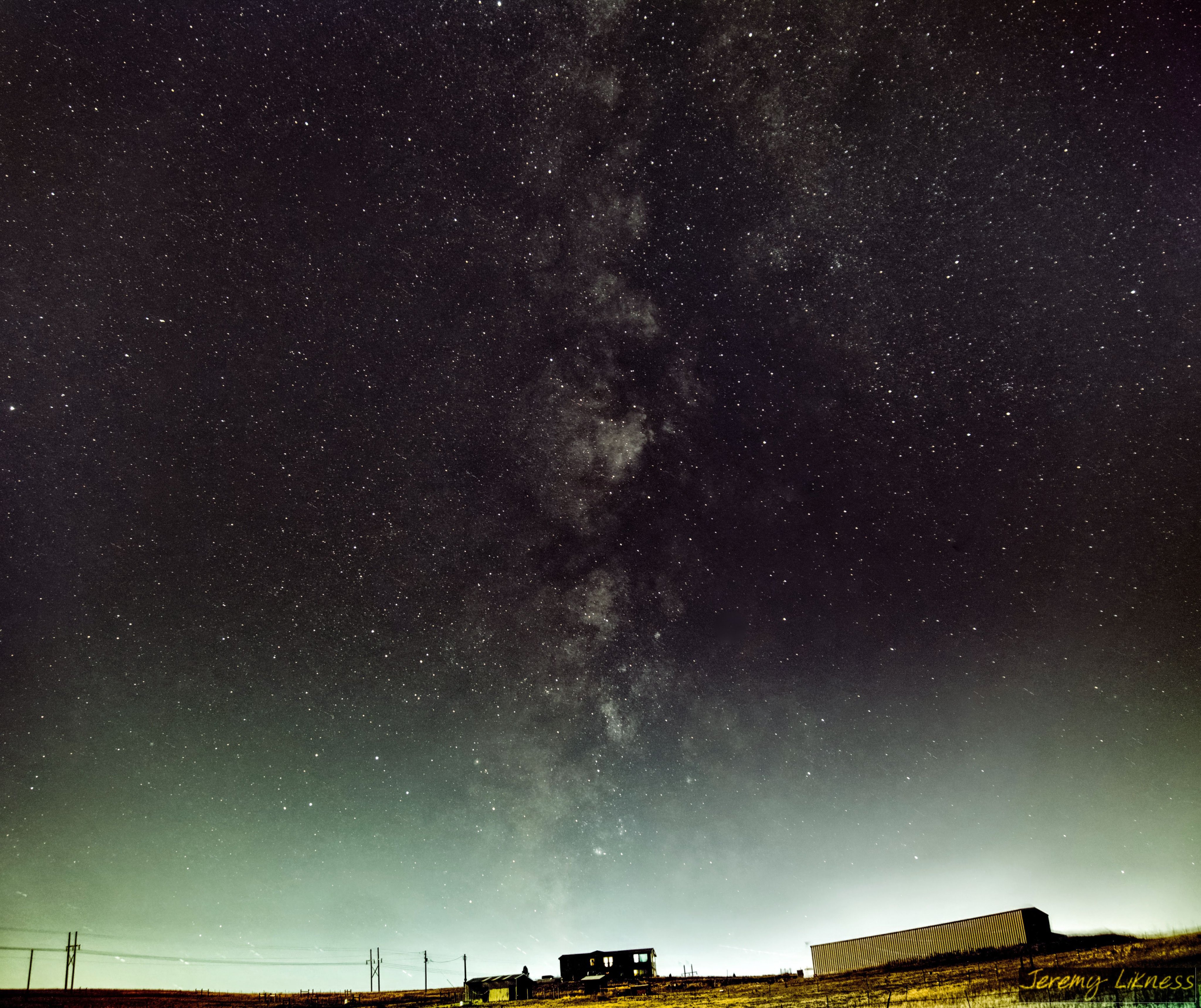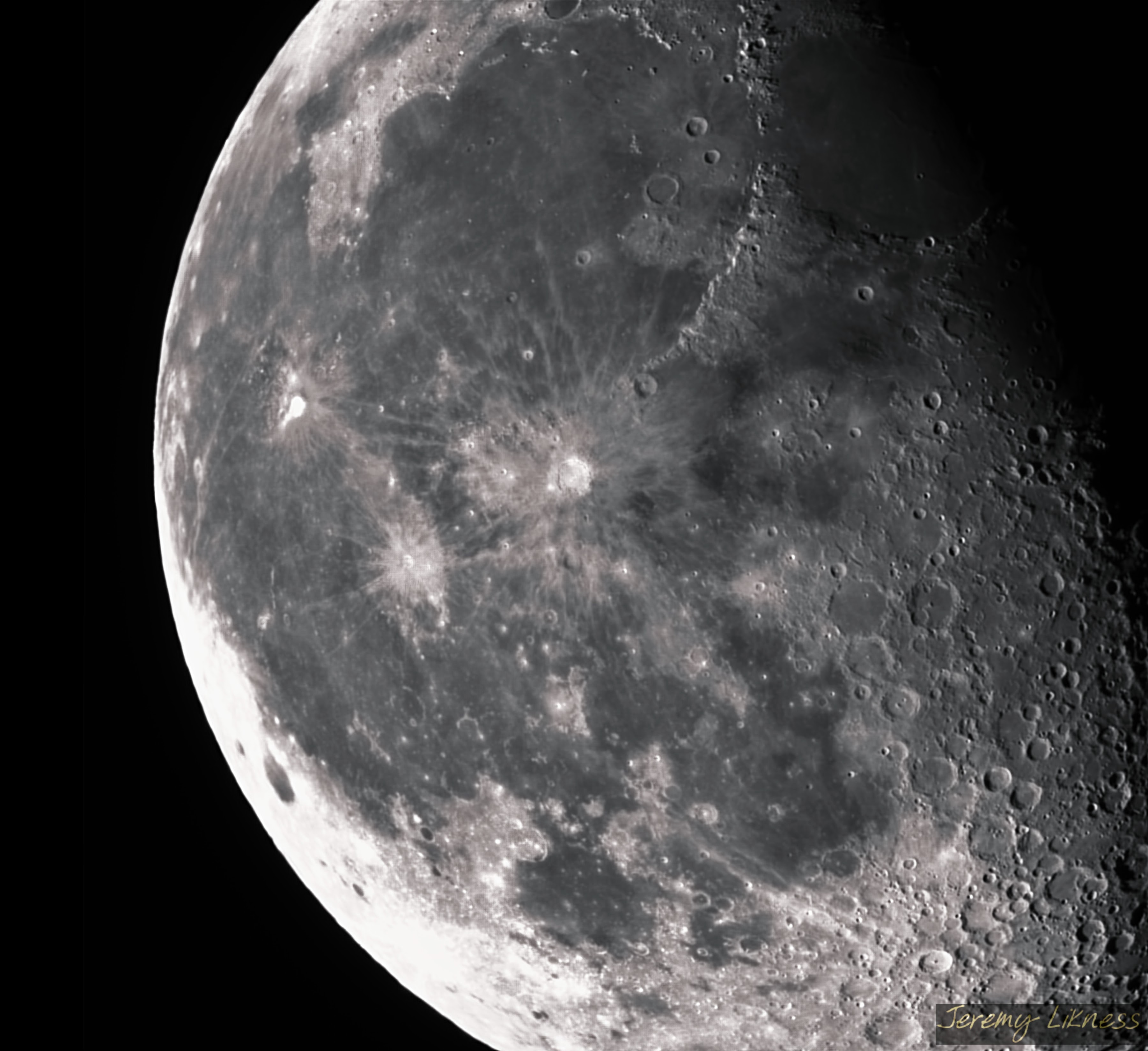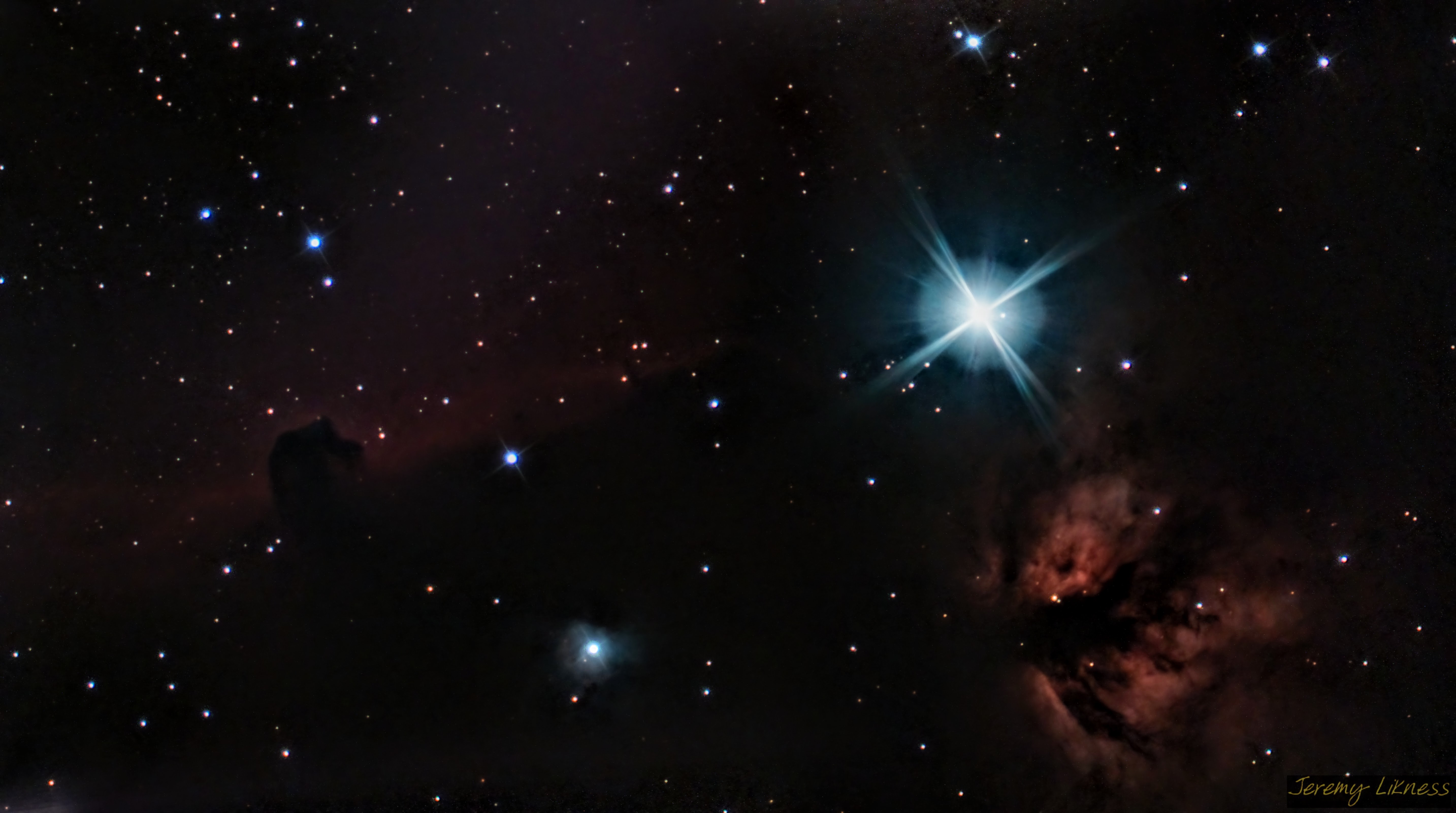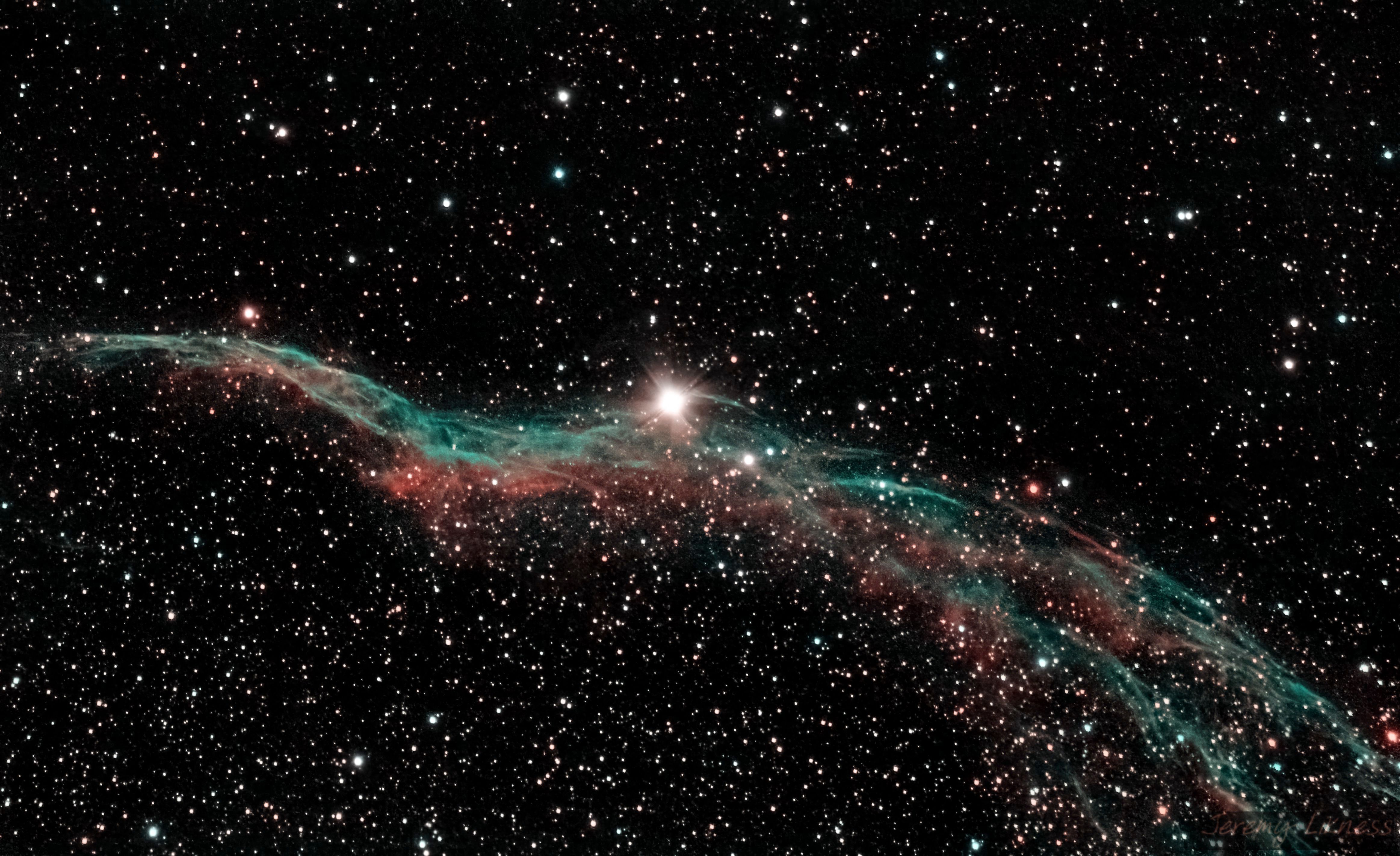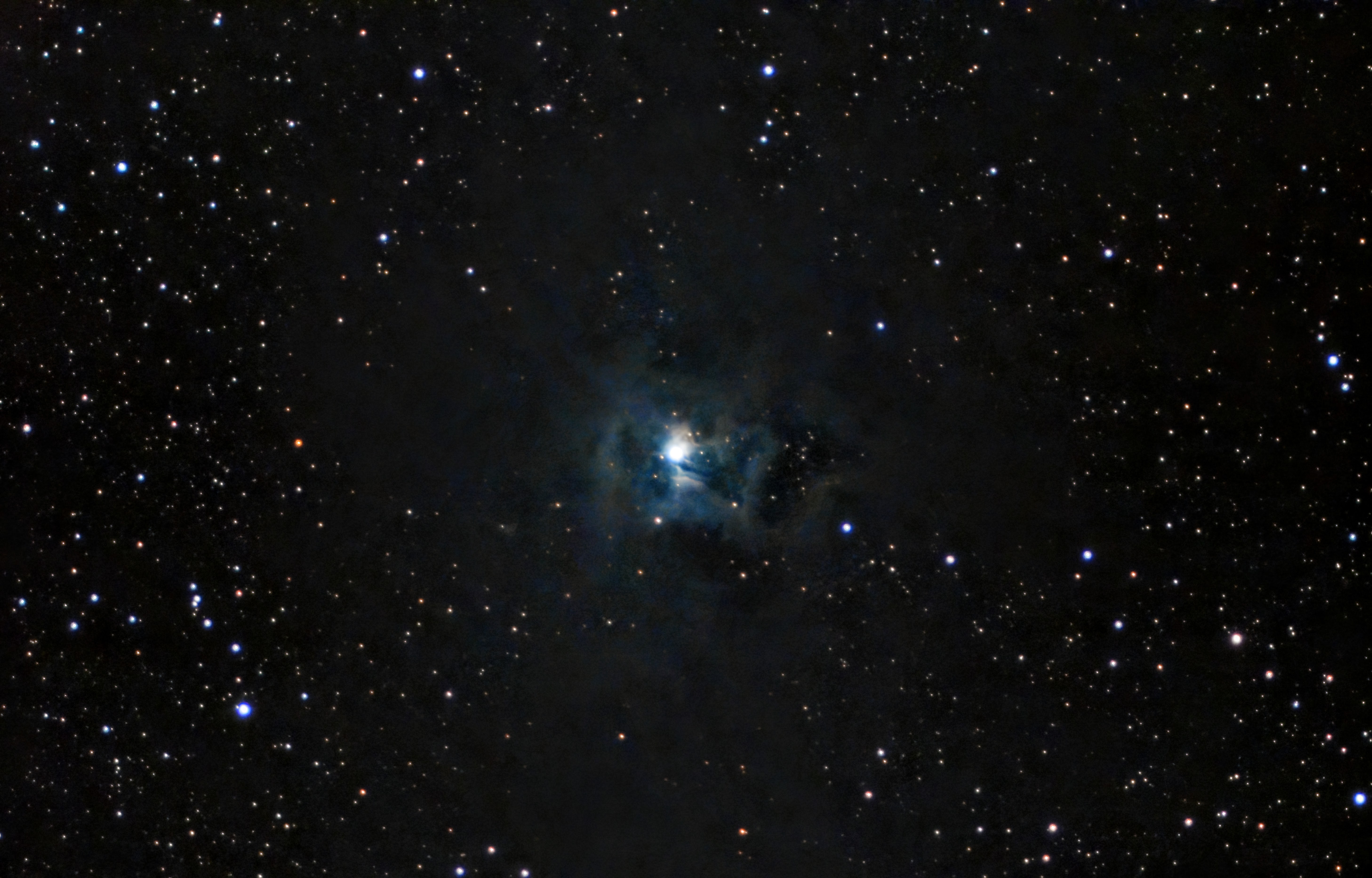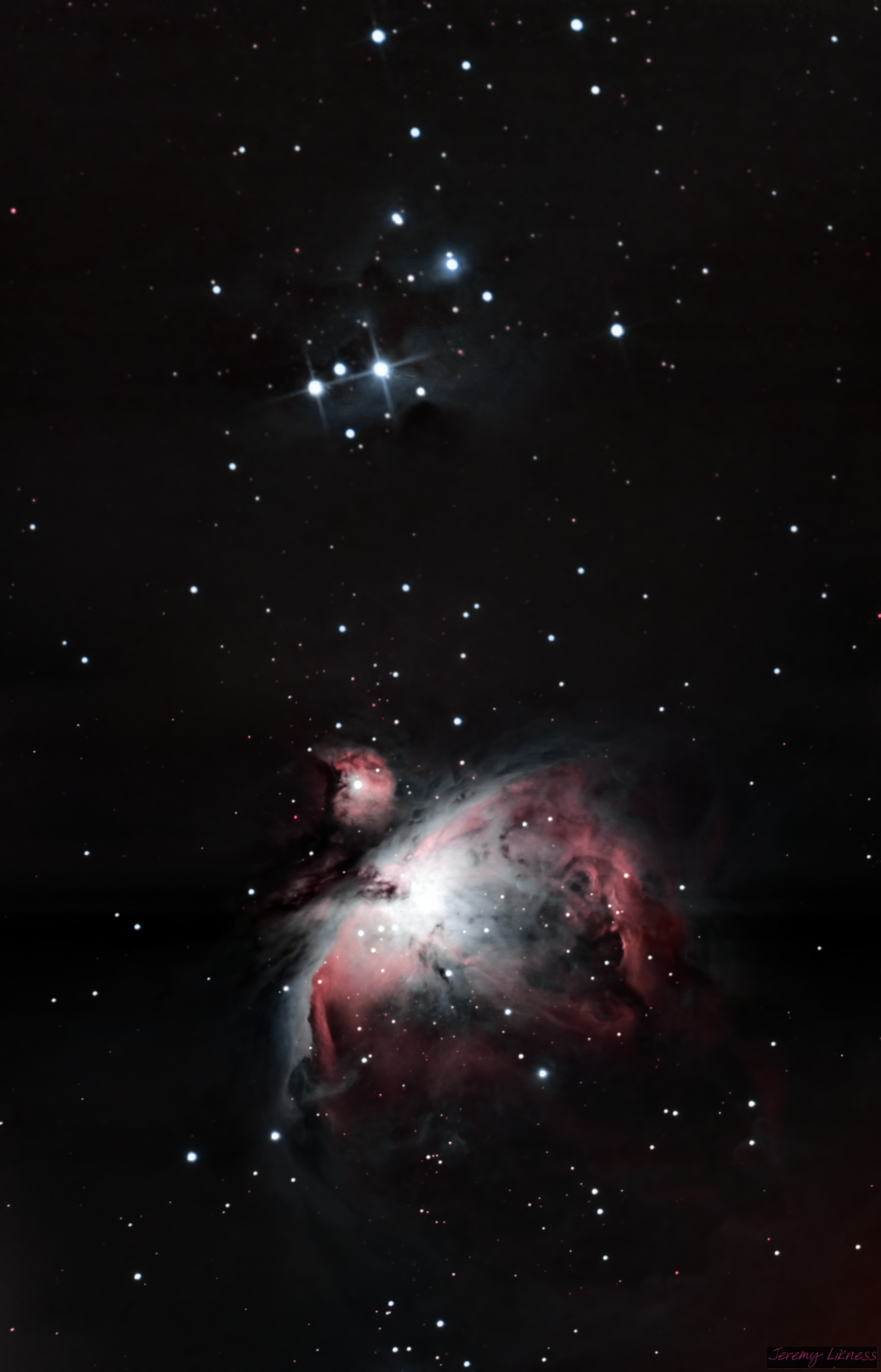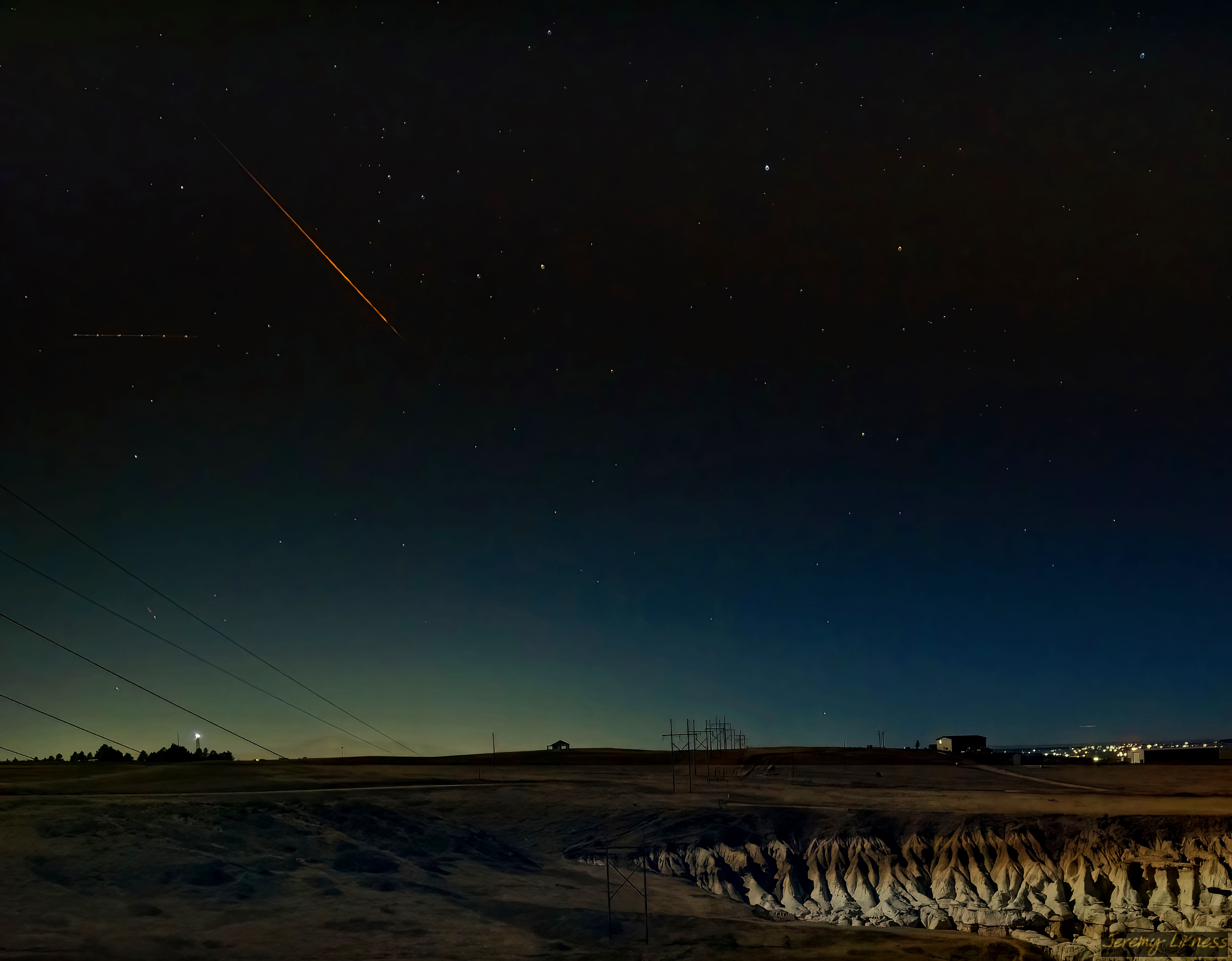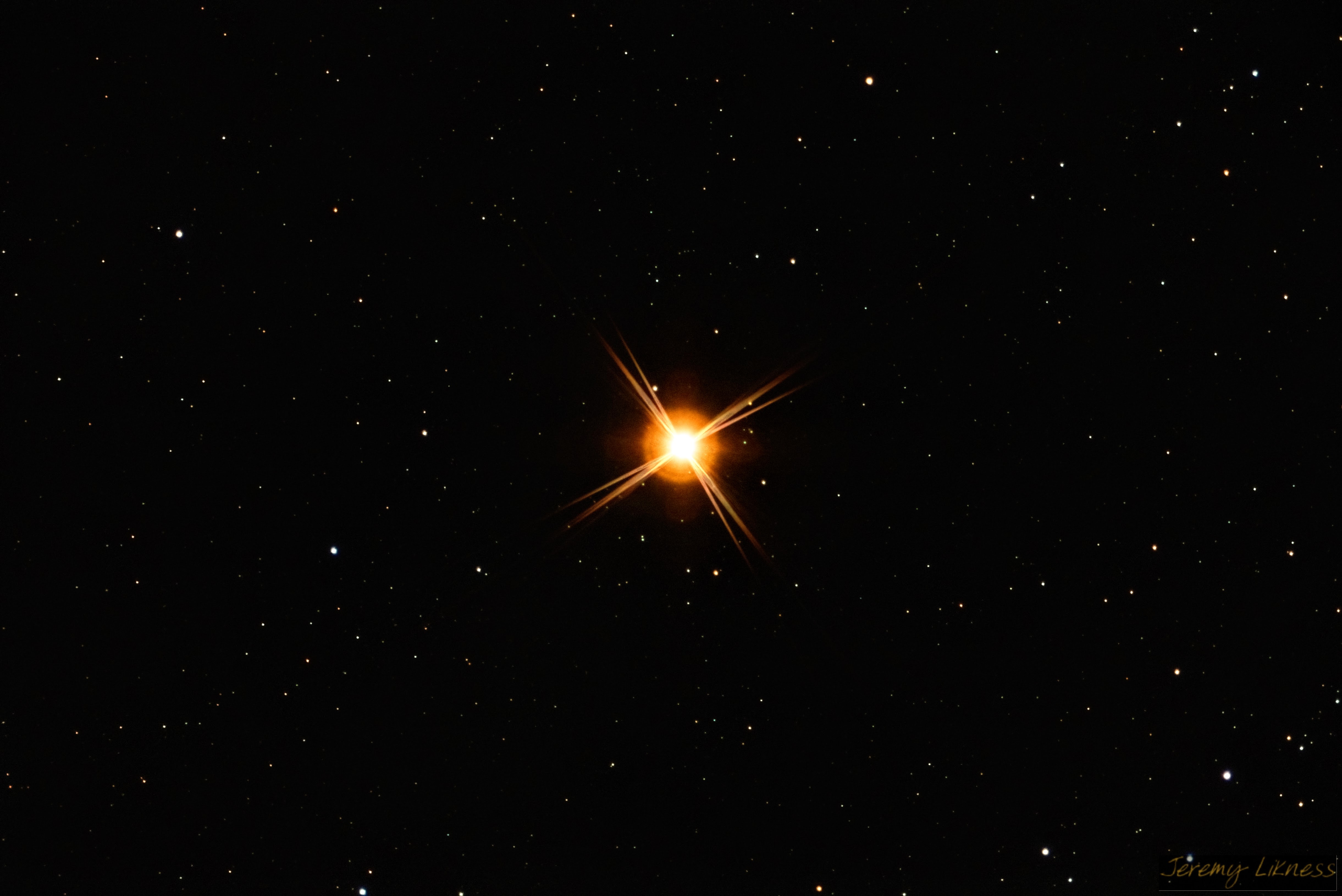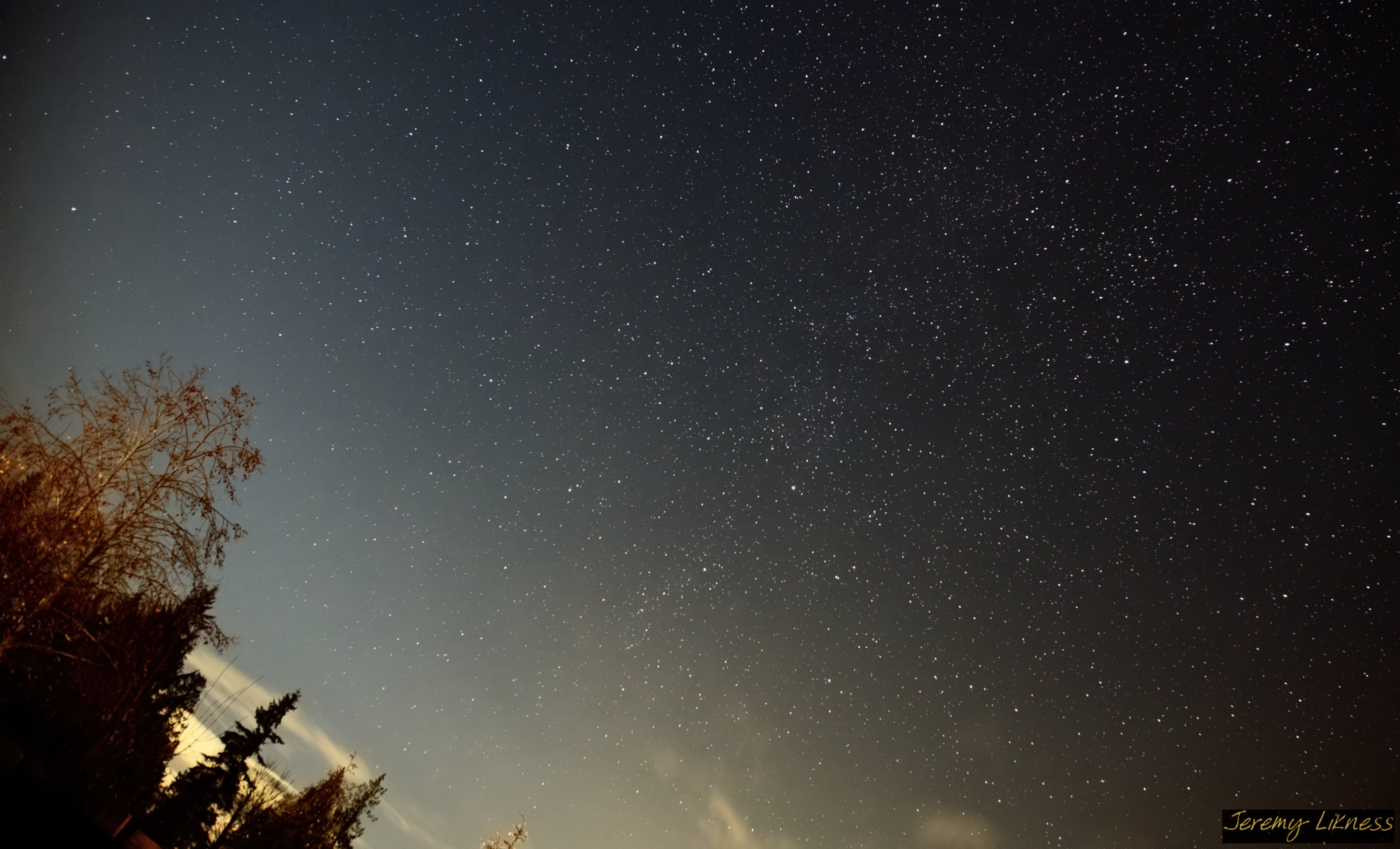December 21, 2021 2514 words 10 minutes to read
2021 in Retrospective and Favorite Photos
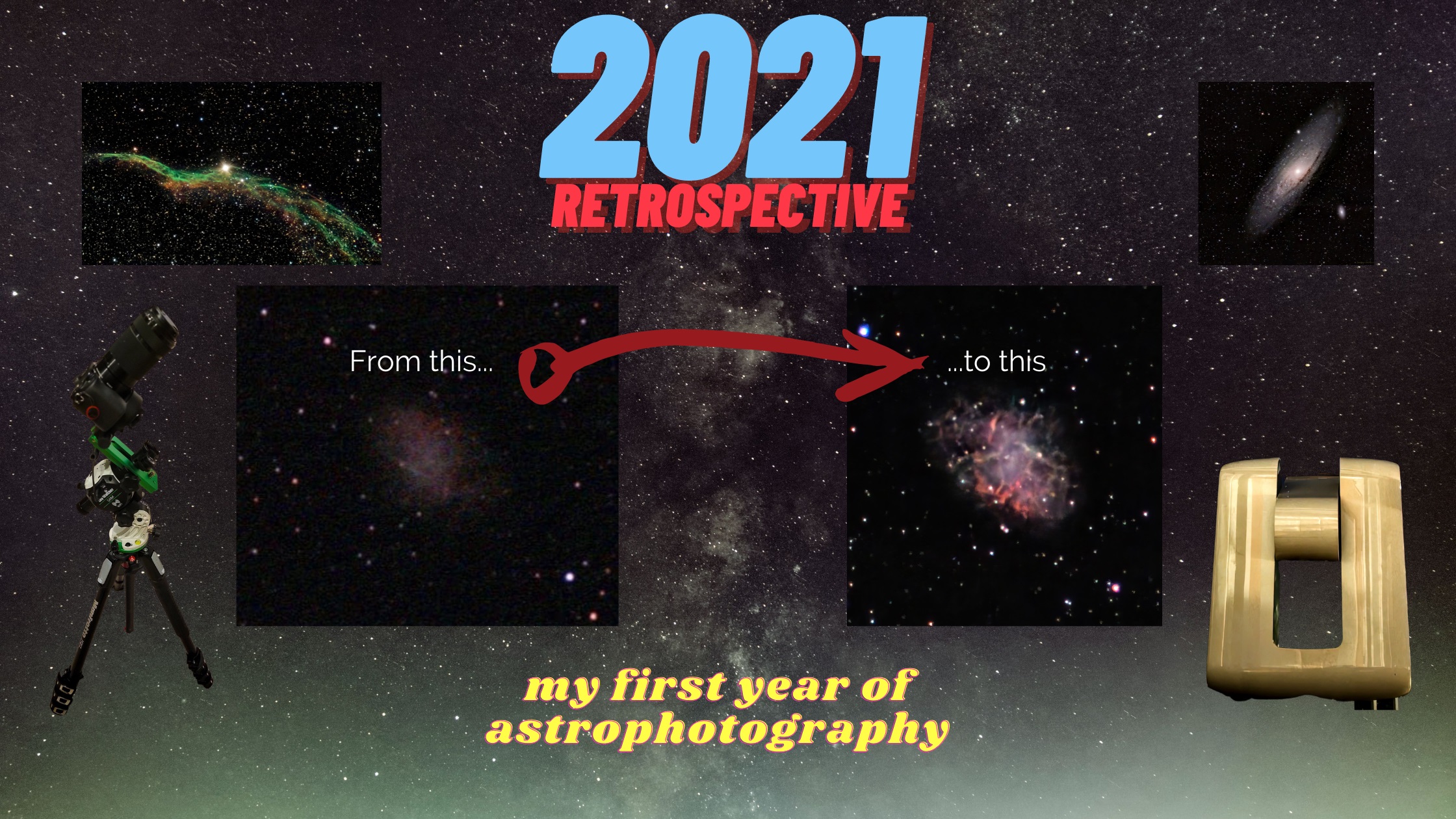
Summary
- Cluster
- Constellation
- Galaxy
- Milky Way
- Moon
- Nebulae
- Planet
- Shooting star
- Star
- Wide field
- What’s next
In late November of 2020, I was deleting spam mail when an advertisement caught my eye. It was for a telescope, but not just any telescope. This “observation station,” named Stellina, promised to “explore the sky like never before.” Unlike traditional telescopes, Stellina comes with an app instead of an eyepiece. It promises “point and shoot” and the photos I saw were breathtaking. I always loved astronomy and even owned a manual Dobsonian telescope once, but I had moved onto other hobbies. This seemed like an easy way to get back into it. So, after doing some research and fact-checking, I ordered the scope. It came in December, but rain and cloudy skies prevented me from taking it outside until January.
I finally got it outside. I hit “initialize” and waited as the arm swung up and started scanning. I overrode the twilight warning, but initialization failed: too bright. I waited a half hour, then tried again. Initialization succeeded. The recommended target was M1, which sounded like a reasonable place to start. I had no clue that the “M” was for “Messier”, a French comet hunter in the 1700s who catalogued nebulae and clusters not because they are beautiful targets, but because he wanted to avoid wasting time on targets that weren’t comets! The app showed an intriguing animation like a vortex sucked into a black hole, then a solid ring appeared, faded, and was replaced with an image. I was hooked.
(You can see how my skills have improved by looking at the most recent M1: Crab Nebula picture.)
I later joined an online group and was amazed at how much clearer the images posted there were compared to my own. That’s when I learned about obtaining the raw files, taking “darks” and “stacking” pictures (if you’re not familiar with these terms, watch Astro Imaging for Complete Beginners to learn what they mean). I started purchasing software and learned about things like “background neutralization” and “dual frequency processing.” I even found that I was repeating common tasks often enough that it made sense to write my own script library to eliminate random red, green, and blue pixels, normalize color channels, generate stretched luminance masks and prepare all of the masks and support files for deconvolution.
I decided I was hooked and began to expand my horizons. I decided to order a “traditional” system with a mount and optical tube assembly. I placed the order for my new Celestron 9.25” EdgeHD Schmidt-Cassegrain Telescope (SCT) in September. As of mid-December, it’s still on backorder. I gave up on waiting for the Sky Watcher EQ-6 R-Pro and swapped it for a Celestron CGEM-II mount that I attempted to test drive but was trumped by the weather (twice).
During my channel surfing of YouTube.com astrophotography videos, I came across a video by Nico Carver that demonstrated how you can take deep space photographs with an ordinary camera and tripod. My mind was blown, and I had to try it out. I’ve been practicing camera-only (no telescope) astrophotography for months now and absolutely love it. Some of my favorite compositions come from my camera, but I’m still blown away but what I’ve been able to accomplish with Stellina. Looking back on 2021, here are my favorite astronomy-related photographs.
Cluster
I initially thought that clusters are boring and “common,” but I’ve grown to appreciate them much more. There are so many varieties, and the densely packed globular clusters like M13 in Hercules can be just as beautiful and mesmerizing as the open clusters like Caroline’s Rose. Without a doubt, however, my favorite photograph of a cluster is the double cluster NGC884 and NGC869, also known as h Persei and χ Persei (h and Chi Persei). The pattern, proximity, and contrast between red and blue stars is mesmerizing.
Constellation
I’ve enjoyed capturing photographs of constellations, with Orion as a common target. My favorite from 2021 was Cassiopeia. The constellation lies over part of the Milky Way, but the deep yellow and blue hues of the main stars make it stand out against the busy backdrop.
Galaxy
Galaxies are fun targets. They vary in size, shape, and magnitude. I’ve captured dozens, but I wasn’t able to pick just one favorite in this category. Although the Andromeda galaxy is a common target, and Stellina was able to capture it in detail, the field of view was too small to appreciate the full expanse of the target. This was one of my first planned mosaics. I observed several hundred exposures across six different panels that I then combined into a mosaic that includes M31 (the Andromeda Galaxy) along with companions M32 and M110. The mosaic was challenging because the captures happened over multiple nights and the contrast for each panel had to be blended using a combination of advanced masks and “PixelMath” to achieve the final image.
I wrote a blog post about the significance of my second pick, M33: Triangulum, another bright galaxy visible to the naked eye under the right conditions. I imaged this galaxy over multiple sessions but couldn’t quite tease out the detail that I wanted. I finally ended up combining 1,200 exposures for a total of 3 hours of exposure time and went with as minimal processing as possible to achieve this result.
Milky Way
Like many photographers, a great Milky Way shot is a dream goal of mine. A trip to the Paint Mines in Colorado with my daughter and son-in-law yielded this image. It’s my favorite to date. I had to take short exposures because I only had a camera and a tripod. Post-processing was tricky due to the contrast between the landscape and the sky. I ended up stacking twice: once with the landscape fixed and the stars blurred, and once with the stars fixed and the landscape blurred, then blended the two. The bright areas between the horizon and the sky are the result of light pollution from a nearby town.
Moon
I never get tired of capturing the moon. I’ve taken hundreds, perhaps thousands of “moonshots” over the past year. Stellina takes stunningly detailed images in black and white. My camera at 200mm captures less detail but more color. I’m extremely happy with this image that I processed by stacking and scaling several 1-second exposures then adding just a touch of color for contrast.
Nebulae
My favorite targets are, without a doubt, nebulae. I’ve captured dozens over the past year and can’t pick a single favorite. Here are my top five.
IC434 and NGC2024
There is one nebula I’ve always been mesmerized by, and that’s the Horsehead Nebula. I’ve seen detailed pictures from powerful telescopes and am amazed at the intricacy and texture of this target. I was so excited to learn that not only could I capture it with my equipment, but that it is close to the beautiful star, Alnitak, and the brilliant flame nebula (NGC2024). This is a mosaic taken from hundreds of exposures across three panels. (It’s been pointed out to me that technically this image should be flipped horizontally to match how it appears in the sky).
M27
I initially considered the dumbbell nebula to be a boring target until I realized just how delicate its colors and patterns are. I took advantage of dithering to create a high-resolution image that I then cropped to highlight the nebula and the beautiful and colorful stars that form its backdrop.
NGC6960
The second nebula I imaged after the Crab Nebula was the Veil nebula, that along with the Eastern Veil Nebula forms an expanding shell that are the remnants of a supernova explosion. The brilliant star adorning delicate tendrils of red and green are what make this a favorite of mine.
NGC7023
I’m not finished with the Iris Nebula. This is a reflection nebula. It is a large expanse of cosmic dust visible only due to the reflection of light from brilliant HD 200775, the glowing jewel at its heart. In broadband, it takes hundreds of exposures to draw out the delicate detail of the inky clouds that fan out like petals. I chose this nebula not only for the effort put into the image, but the fact I know I’ll be improving on this image in the future.
Orion’s Sword
My last pick is a twist on a popular nebula to photograph because of its brightness and how easy it is to locate: M42, the Great Orion Nebula. The twist is that although M42 is impressive on its own, when you expand the field of view over Orion’s sword to include NGC1997 “The Running Man” you end up with a beautiful composition with contrasts between the reds and cyans of M42 and the blues and purples of NGC1977.
Planet
At 400mm, Stellina is not ideal for photographing planets as their apparent size is quite small. That’s why I was surprised when I found I could stack several dozen images and draw out enough detail to see the bands and even the moons. In this particular capture, you can just barely make out the Great Red Spot.
Shooting star
During a trip to Colorado to visit my daughter and son-in-law, they drove me to a local area known as Paint Mines near Colorado Springs. They picked the spot as a dark location farther away from town, and I captured some great shots. As we were leaving, I realized I hadn’t actually seen the rock formations that give the area its name. So, I set up for a long exposure to capture what detail I could at that late hour. As I was taking the picture, a brilliant orange meteor exploded across the sky. My son-in-law saw it and asked, “Did you see that?” I not only saw it, I caught it on camera!
Star
I love taking photographs of bright stars. They have an amazing variety of sizes, brightness, and color. Betelgeuse is a favorite target because it is large, bright, easily visible to the naked eye and shows up in vivid color when photographed.
Wide field
Last but not least, I’ve taken a variety of “wide field” shots just to capture stars and landscape. Although I have a lot of work to do with my compositions, I was really happy with this particular framing. It’s at an angle due to the Star Adventurer configuration I used, but I love the detail and contrast of the trees and stars.
What’s next
2021 has been an exciting year, but I’m looking forward to 2022. I plan to capture more wide-angle nebulae shots with my mirrorless Sony Alpha 6300 and the help of my newly acquired CGEM II mount. I will find some dark sky locations to take better shots with the Stellina. When my Celestron 9.25” EdgeHD Schmidt-Cassegrain telescope arrives, I’ll be taking photographs to the next level. I anticipate some great planetary shots as well as more detailed nebula and galaxies, especially when I incorporate filters. My goal targets for 2022 include:
- Wide angle composition of Heart Nebula using my camera
- Andromeda galaxy with my camera
- A quality capture of Thor’s Helmet
- Wide angle shot of the North American Nebula region
- Revisit M16: The Eagle Nebula and the Pillars of Creation
- Mars, Jupiter, Saturn and the moon with my new telescope
I’ll continue to produce content like this blog and these videos to benefit the community. I am also working on a tool that takes the concept of CameraTouch to the next level. Think of it as a database that scans your images and loads metadata so you can easily query and organize your files. For example, you can say “Give me a list of exposures at 50mm to 60mm for 1 second or longer” then “move the files into directories based on ISO and date.” Stay tuned!
Thank you for your support in 2021 and I look forward to an incredible 2022.
Post categories: Related tags:
